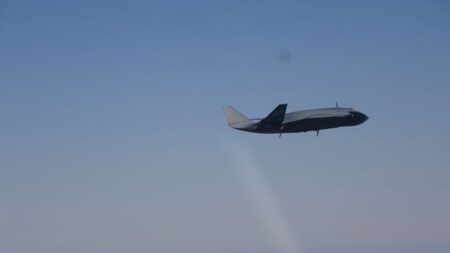Pilots say a spate of serious near misses involving drones highlights the need for urgent action to integrate them in to airspace safely and prevent a collision with other aircraft.
In December 2015, the UK Proximity Board looked at seven incidents involving drones, four of which were classed as the most serious category A, where a serious risk of collision existed. In one case, a drone came very close to colliding with a Boeing 737 that was climbing out of London Stansted Airport. Other Category A incidents took place at London Heathrow, London City and Manchester airports.
Pilots say they welcome the growth in drone technology but warn that a collision with a commercial airliner or helicopter could be catastrophic.
The British Airline Pilots Association (BALPA) is concerned the number of incidents could rise further over the next few months as people take new drones received as Christmas presents in to the air for the first time, often with little or no handling experience or understanding of the rules of the air. BALPA is calling for stricter rules and a registration system so that drone operators can be easily traced and prosecuted for any irresponsible flying. Pilots also want technology to be routinely fitted to the devices to stop drones from being able to fly in areas where they could meet commercial traffic.
Former RAF and British Airways pilot Steve Landells is BALPA’s flight safety specialist. He and other industry experts said that while there was a large amount of data on the effects of bird strikes on planes, there was none on the problems of the impact of a drone on an aircraft. Specific drone research is needed because “birds don’t have a big lump of lithium battery in them”, said Landells. While the lithium could start an engine fire, other experts pointed to the dangers of metals in the electric motors becoming shrapnel on impact with windows.
March 4, 2016




